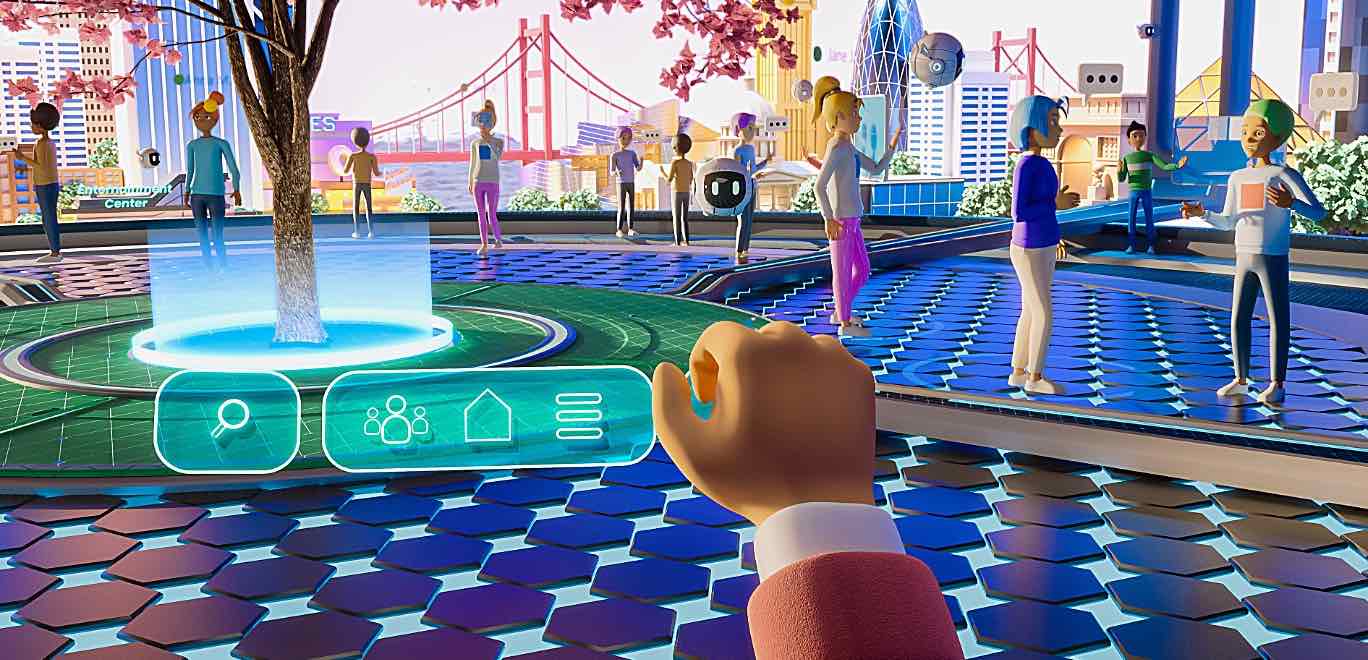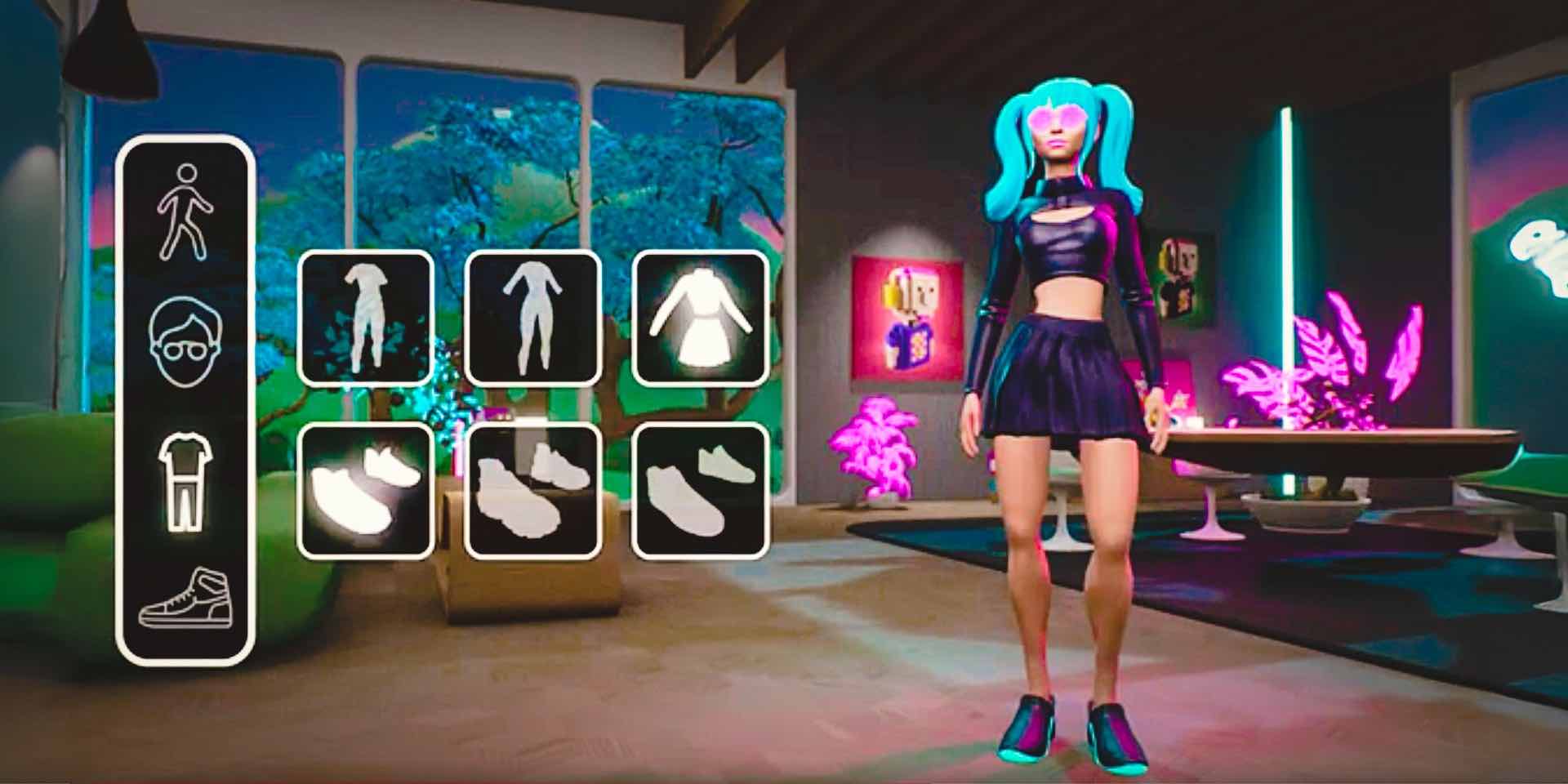Portfolio Description
A good metaverse design blends immersive technology, intuitive UX, and meaningful social interaction into a coherent digital world. It’s not just about 3D visuals — it’s about how people live, work, and play in a shared virtual environment. Here’s a breakdown of what makes a strong metaverse design:
Create a believable and emotionally engaging environment using spatial audio, realistic physics, and detailed textures.
Users should be able to join via VR, AR, desktop, or mobile — not just one platform.
Assets (avatars, NFTs, virtual items) should be portable between worlds or compatible standards (e.g., glTF, USDZ, or OpenXR).
Optimize for large-scale events — concerts, conferences, or marketplaces — without performance loss.
Let users create, own, and modify spaces, avatars, and experiences.
Cohesive Art Direction: Choose a clear visual style (realistic, stylized, cyberpunk, minimal, etc.) and maintain it across all environments.
Spatial UI: Menus and interactions should feel native to the 3D world (e.g., holographic panels, gesture-based commands).
Readable Environments: Use lighting and contrast to guide focus — especially in complex or multi-user areas.
Comfort in VR: Avoid motion sickness with teleport movement, stable horizons, and consistent scale cues.
dentity Systems: Allow deep avatar customization that reflects users’ real or aspirational selves.
Safe Interactions: Built-in moderation, privacy zones, and reputation systems.
Meaningful Presence: Spatial audio, body language tracking, and subtle animations make users feel others’ presence.
Community Hubs: Spaces designed for spontaneous interaction — lounges, galleries, or mini-games.
Creator Tools: Easy-to-use world-building kits (like Unreal Engine’s UEFN or Unity SDKs).
Ownership & Economy: Transparent item ownership via blockchain or internal marketplace; avoid exploitative monetization.
Reward Loops: Gamify participation (XP, badges, quests) to encourage engagement.
Cross-platform engine: Use engines like Unreal Engine 5, Unity, or WebXR for accessibility.
Persistent Worlds: Cloud-based synchronization for stateful environments.
AI Integration: Smart NPCs, adaptive environments, or personalized storytelling.
- List Item #1
- List Item #2
- List Item #3


